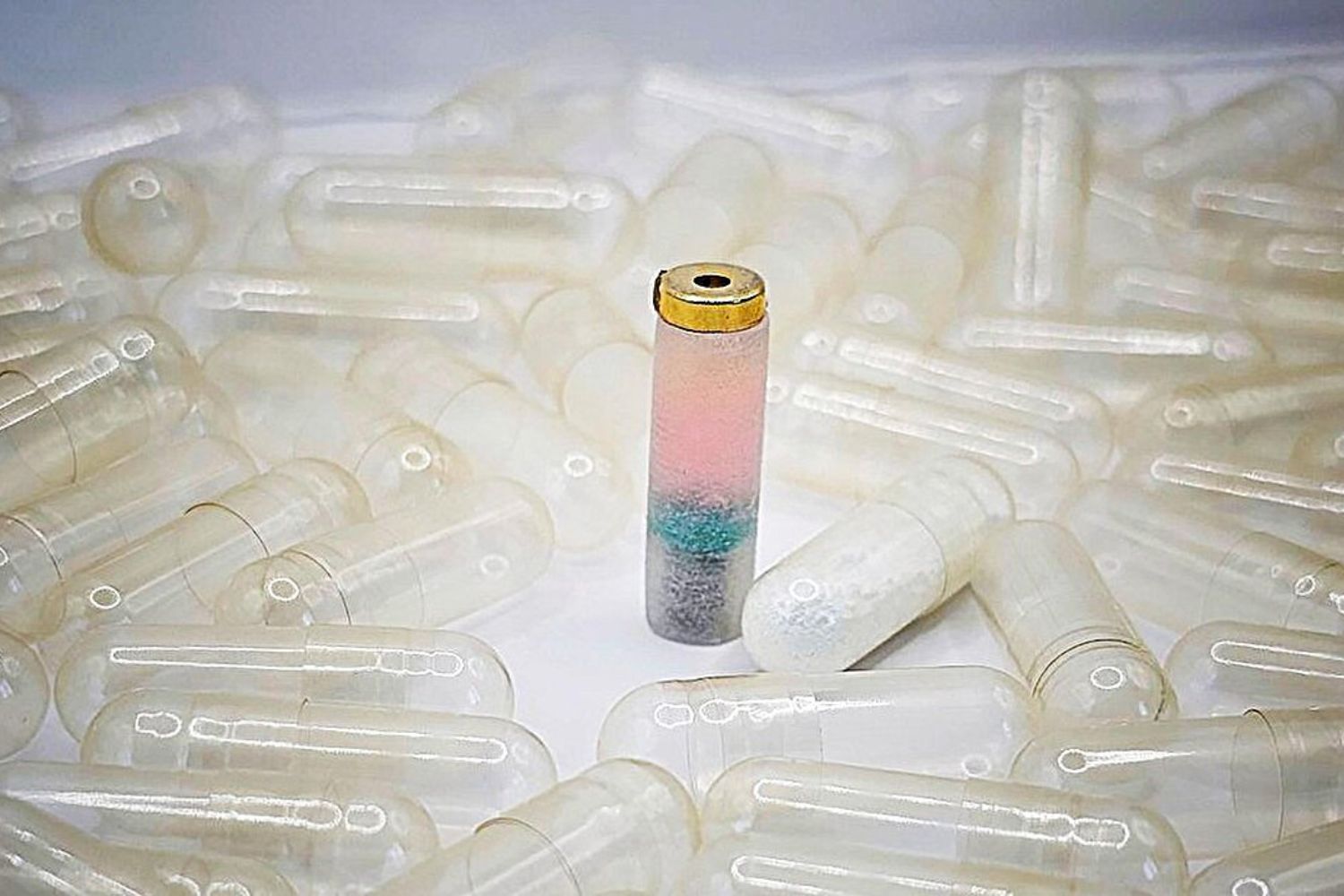As already predicted, the lifting of coronavirus containment measures led to an autumn-winter period marked by many respiratory diseases, but three in particular: COVID-19, influenza and respiratory syncytial virus. Unfortunately, infants and young children suffer the most, because in countries like Spain, all this has also led to a large wave of cases. bronchiolitis. Most of these respiratory illnesses are caused by viruses whose infections usually go away on their own. At best, you choose to treat specific symptoms, such as mucus. In the most serious cases, the use of inhalers or even oxygen may be required. But usually the situation clears up without treatment. However, many people cannot imagine the disease progressing normally and resort to alternative treatmentshow halotherapy.
In fact, this triple epidemic of respiratory viruses is driving many people into salt cave resorts undergo this therapy, which promises to unload the airways, absorb pathogens and toxins, and modulate the immune system. We were even able to see reports about it in news programs on TV channels such as antenna 3.
They present halotherapy as addition to modern medicine. This is an important fact: don’t ignore doctor’s advice. But even so, is there any benefit to entering a salt cave? To answer you must start at the beginning, but we can foresee that, with science in hand, this will not be of much use.
What is halotherapy?
halotherapy is a method traditional medicinecommonly known as pseudotherapy. As the name suggests, it consists of use of salt for medicinal purposes. There may be several, although the focus is on respiratory infections.
It has been used in Average agealthough it became more famous in the 19th century when it was noticed that workers salt mine in Wieliczka, near Krakow, did not suffer as often from these types of infections as the rest of the population. Science must always begin its investigations on the ground that correlation does not mean causation. However, far from testing whether salt actually contributed to these benefits, it didn’t take long for the first study. halotherapy center in Poland. The people who visited it were delighted, perhaps because, as in most viral respiratory infections, they eventually subsided on their own. But they thought it was because of the salt, so its fame spread throughout Europe, and soon there were many centers in capitals across the continent.
Today they can be found almost everywhere in the world. Although there are two ways to carry out halotherapy. These centers, like many resortsusually offer dry version, which consists in simulating the environment in which these Polish miners lived. The walls of artificial caves are covered with salt, so it gets into the environment and is inhaled by users. It supposedly helps break the mucusunloading the respiratory tract, but it also absorbs pathogens that cause infections.
Proponents of halotherapy argue that such microbial absorption can also occur. on the skin so it may be useful for dermatological infections. In addition, some note that salt promotes the synthesis of serotonin, so it can help people with depression.
On the other hand, there is wet halotherapy which is based on the use of salt water solutions, which they can be drunk, inhaled or used in baths.
What does science say about her?
For centuries, the effectiveness of halotherapy has been mainly call to faith. There have been no studies or any explanation for its effectiveness. Just a correlation with some miners that has never been established as a causal relationship.
However, over time, some research began to be carried out. They were aimed at establishing whether it could be effective against respiratory infections. About the skin and mood, everything is so anecdotal that it is practically not studied.
Do these studies show that it serves as a treatment bronchiolitis, asthma, flu, or any respiratory infection? Dont clear. There are studies that point in both directions. However, even those who point to its effectiveness often conclude that more research is needed. In fact, a review was published in 2014 stating that most of the studies indicating its effectiveness against chronic obstructive pulmonary disease (COPD) they are faulty. And this is a big problem. There are many studies, but they are usually studies with a small number of participants or poorly designed.
Can halotherapy be dangerous?
Some pseudo-therapies don’t deliver what they promise, but they don’t pose any risk either. For this reason, in addition to damaging the pocket, Nothing usually happens “on trial”. On the other hand, other pseudo-therapies can be dangerous.
Generally speaking, we can say that halotherapy belongs to the first group, since it does not pose any risk. However, there are some potential dangers to be aware of.
To begin with, with dry halotherapy, it must be borne in mind that salt walls can be an ideal environment for the growth of certain types of bacteria. It is true that most of them do not survive high salt concentrations, but some of them, known as halophilic they can become pathogenic. This is something that has been studied in salt mines, not resorts, but it highlights the need to take care of disinfecting these places. On the other hand, usually the salt caves of the resorts they are usually not individual. Several people can be in them at the same time, and the very fact of introducing a group of patients with respiratory infections into a closed room does not seem to be a very good idea.
Regarding wet halotherapy, it should be noted that drinking salt water can be very dangerous.
Finally, we must not forget that bronchiolitis patients are usually very young children and that safety studies halotherapy in this population group. Yes, one was published in 2008 which concluded that inhalation 3% saline it is not dangerous for children with bronchiolitis. However, because halotherapy is not typically performed in medical settings, it is often not standardized and such concentrations cannot be guaranteed.
Therefore, since there are no better alternatives than modern medicine, the best option would always be to stay with him. They may not promise us quick fixes, but that’s the best they can give us.
Source: Hiper Textual













